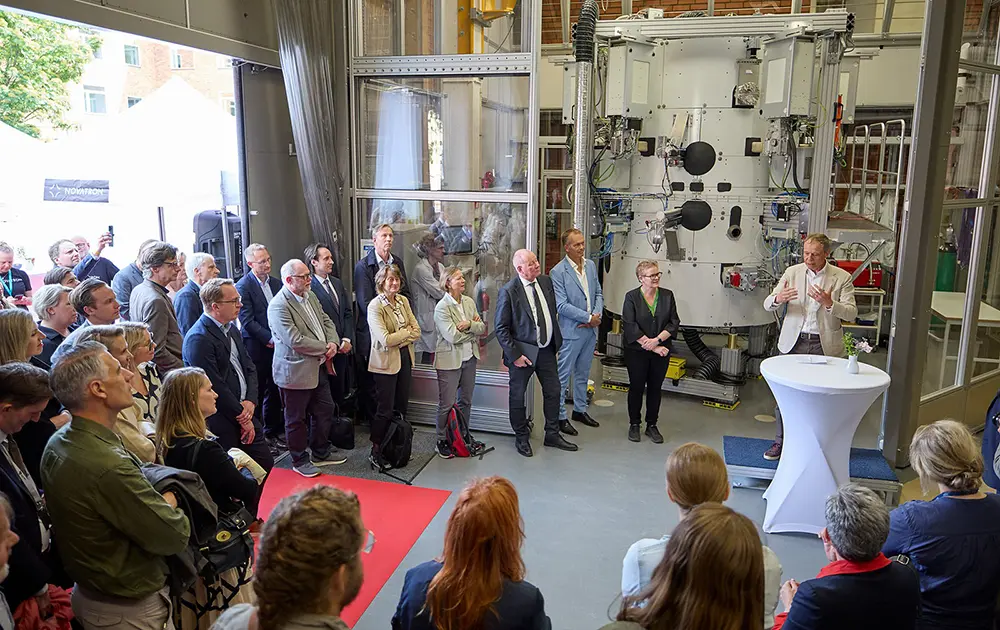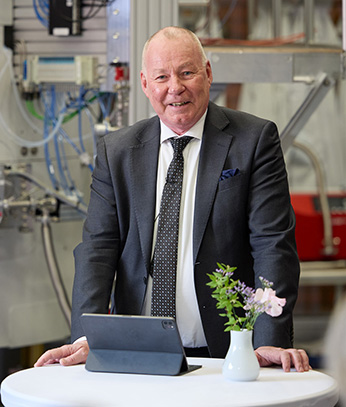Fusion reactor could provide energy for the future

We are finally on the verge of harnessing solar energy. This gives us great confidence for the future.
These were the words of KTH professor and astronaut Christer Fuglesang at the inauguration of the Novatron 1 fusion reactor in the Alfvén Laboratory at KTH.
Representatives from industry, politics, and academia were present when the machine's first official plasma shot was performed. Novatron Fusion Group AB, the company running the project, describes the machine as the EU's first complete private fusion plasma system.
“This is an important moment for us, Sweden, and the world,” said CEO Peter Roos, envisaging a future in which the world could be supplied with unlimited energy.
Fossil-free energy
This is precisely where plasma fusion technology comes in, providing a fossil-free contribution to the energy supply and climate transition. Research into developing fusion energy has been ongoing for a long time. At KTH, this has been ongoing for many years, not least through the work of the physicist and Nobel Prize winner Hannes Alfvén, who received the prize 55 years ago.

“It is precisely in a collaboration like this that we can see how deep tech can move from theory and research to eventual application and industrial reality,” said Anders Söderholm, President of KTH.
Hot plasma
Fusion is about combining atoms to release energy and the idea comes from the sun, which acts as a natural fusion power plant through its hot plasma.
The technology behind the Novatron 1, which was developed by Jan Jäderberg, an innovator and alumnus of KTH, and an international team of experts, is based on creating stability for the plasma. This is a crucial ingredient for large-scale production.
“Yes, it's a big day today. A few years ago, we didn't really believe that this would be possible. We have a working concept, and now we need to focus on scalability,” said Jan Jäderberg.
The company's goal is to deliver cost-effective, scalable fusion power to the grid within the next decade.
Text: Jill Klackenberg ( jillk@kth.se )
